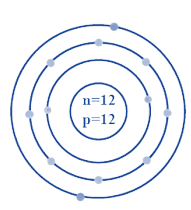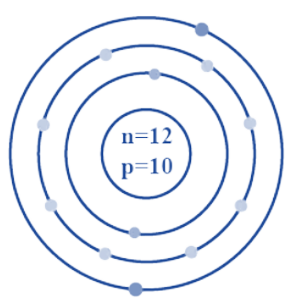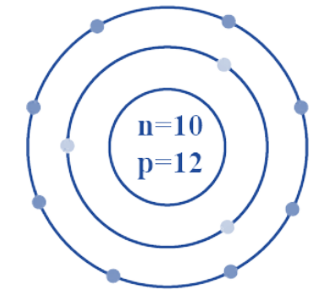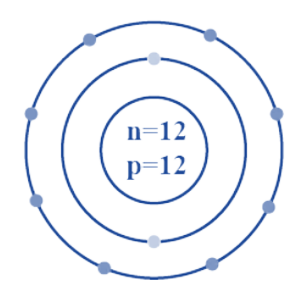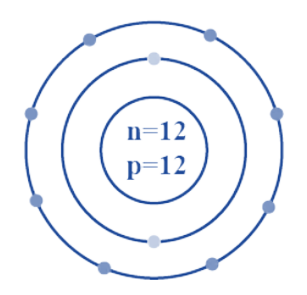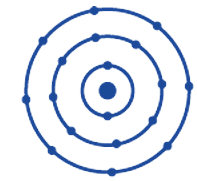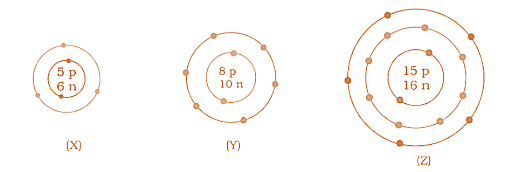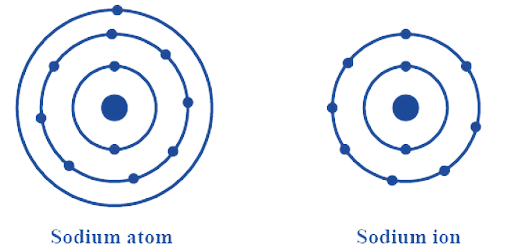NCERT Exemplar for Class 9 Science - Structure of The Atom - Free PDF Download
FAQs on NCERT Exemplar for Class 9 Science Chapter 4 - Structure of The Atom (Book Solutions)
1. How do I know which topics are important for NCERT Class 9 Science Chapter 4- Structure of the atom?
Students can visit Vedantu.com and then check out NCERT Exemplar for Class 9 Science Chapter 4 - Structure of The Atom. The book has been curated by experts and is a great mode of going about one’s studies. Every concept has many questions which have been properly covered in the book along with their solutions. Reading them on a regular basis will enlighten students about which topics are most crucial in that particular chapter. These solved questions and answers have benefitted many such prospective students.
2. How do I download the NCERT Exemplar for Class 9 Science Chapter 4 - Structure of The Atom?
You can visit Vedantu and look for the solved answers there themselves about the concepts and refer to the notes online or you can download it in a PDF format and then study as per your convenience. After you visit the above-mentioned site, you will see the option of downloading them in the form of a PDF. You will receive a confirmation link on your email after which you can access these notes. Vedantu has a structured complete syllabus on its portal which facilitates thorough learning.
3. What is meant by Mass number in class 9 science chapter 4?
Mass number is an element’s total number of neutrons and electrons. You can check out NCERT Exemplar for Class 9 Science Chapter 4 - Structure of The Atom on Vedantu.com. All explanations about Atoms, their atomic number, their mass number are on the portal. Solving the book will solidify these concepts and clear all the confusion that students are harbouring. Solving the book every day will help you secure high marks in the examinations and also make sure that students complete the paper on time.
4. Can I do selective studying for NCERT Class 9 Science Chapter 4- Structure of the atom?
No, it’s not advisable to. Selective studying will always have its downsides which are many. If you are looking to revise your syllabus chapter wise, you should do so from NCERT Exemplar for Class 9 Science Chapter 4 - Structure of The Atom. This book has such interesting questions along with their solutions that you will want to think twice before skipping any particular chapter. It has covered all the major topics and sub-topics and will ensure that you do extremely well in your assessments.
5. Where can I find solutions on Isotopes for NCERT Class 9 Science Chapter 4?
You will find an ample number of solved questions and their answers/explanations on NCERT Exemplar for Class 9 Science Chapter 4 - Structure of The Atom. The book will be on Vedantu.com and accessible free of cost. All the study material for not just class 9 science but also other subjects of other grades are free of cost on Vedantu, which is India’s topmost online learning site for students. Solving these will make you pass all examinations with flying colours.
























